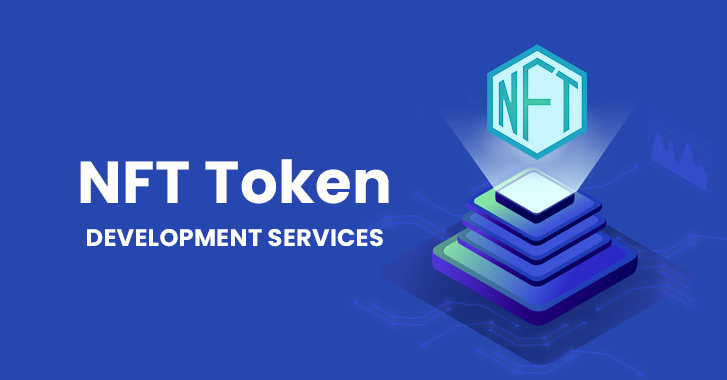In the highly competitive field of the Oil and Gas industry, organisations make efforts to be cost-effective while remaining profitable and sustainable.
IoT in the Oil and Gas industry indicates a network of physical objects with remote sensors, ML, and Cloud. They are deployed in the up, mid, and downstream operations for smooth data collection, processing, and leveraging of those data to simplify operations and supply-chain visibility. It also enables quick and accurate decision-making by offering insights from those data.
The rapid adoption of IoT in Oil and Gas revolutionised the whole sector due to the inherent benefits of accessing real-time information on remote sites, making activities seamless and secure for people.
The safety of resource extraction and allocation has greatly enhanced using IoT technologies as it automates the processes and lowers human error chances.
It also increases productivity by using the data analytics that goes along with it.
North America IoT in oil and gas market value was USD 7.30 billion in 2021. It is expected to grow with a 12.16% CAGR from 2023-2027 and will achieve a market value of USD 14.72 billion by the end of 2027.
The Internet of Things (IoT) is the key to revolutionising the Oil and Gas sector from reactive to proactive. Below are some benefits that IoT offers to the Oil and Gas industry.
So, let’s start exploring.
IoT benefits for the Oil and Gas Industry
|1. Enhanced Operational Efficiency
In the oil and gas sector equipment breakdowns can range from disappointment to completely dreadful. With the increment in downtime, your financial loss will also boost. And the coming talent shortage only helps to compound this obstacle.
However, the Internet of Things is really prepared to conquer these challenges. By integrating the sensor’s network, professionals can enjoy better visibility into equipment performance without sending the teams into the physical field.
Oil processes can rapidly repair/replace equipment whenever it notices the first sign of trouble. It helps to mitigate unplanned interruptions.
|2. Mitigates Environmental Impact
It is a widely known fact that oil production and drilling have crucial environmental effects, and tons of energy organisations are looking for solutions to diminish their impression.
Leveraging the IoT in oil and gas organisations to reduce oil collapse risks, decrease carbon release and boost efficiencies to aid curb energy usage. All these can help to restrain the industry’s damaging environmental effects.
|3. Better Decision-Making
As a tech professional in the industry, you use data to make decisions and your senior team’s proficiency to make the proper calls and drive success based on the received information quality.
Rather than depending on estimations and guesses for your strategies, with IoT, you can access continuous real-time data transmission, especially when you join a sensor network with a reliable industrial internet of things (IIoT) platform.
Accessing these cutting-edge analytics helps oil and gas companies to rapidly advance production and exceed competitors.
|4. More Revenue
Over the past few years, decreased oil prices have boosted the competition between oil and gas organisations. Numerous companies are searching for tactics to help tight margins and enhance their bottom line.
But being focused only on short-term cost-cutting can hold back long-term business success.
Investing in IoT technology will ensure organisations are more determined in cost reduction by identifying inefficiencies, better accuracy of demand predictions and simplifying costly processes.
|5. Lower Safety Risks
Workers in the oil and gas industry face many hurdles every day, and most of them are highly risky. While industry legislation serves to encourage improved worker safety, a lack of awareness of issues means workers working on the field still deal with many risks.
The Internet of Things enables you to resolve hurdles remotely, enhance proactive maintenance operations and aid organisations to avoid sending labourers to work in a dangerous environment. That is to say, Integrating IoT technology can actually help to save many lives.
|6. Offshore Monitoring
Most offshore oil and gas production takes place in challenging environments. There is a lack of multiple communication networks at oil and gas rigs. It will be challenging and costly to track temperatures, pressures, and other aspects.
IoT helps to resolve these challenges to offer a reliable tracking solution. With LPWAN, a vast number of tracking points can be linked. This execution provides a budget-friendly solution to keep tabs on offshore oil and gas rigs.
With IoT in oil and gas, it is possible to link oil wells to different leak detectors in a large area. They can perform real-time data transfer to a central point. Those data can be used to track the drilling and oil extraction from a remote location.
|7. Supply Chain Management
The oil and gas industry faces difficulty in terms of planning and optimising stockpiles. With IoT technology, proper planning is possible throughout the supply chain.
Refineries leverage sensors to identify the sorts of crude oil provided and the precise location of stored barrels.
It helps to make decisions on production and operations. Thanks to the IoT adoption, the oil and gas supply chain could be more transparent and real.
In a Nutshell
The IoT (Internet of Things) is rapidly advancing and quickly transforming the approaches Oil and Gas organisations accumulate and deal with data & information.
Today, investment in an IoT solution will not only ensure that you are all set for future tech trends but also support the betterment of your bottom line, boost workforce safety and help to excel in the ever-evolving competition.






